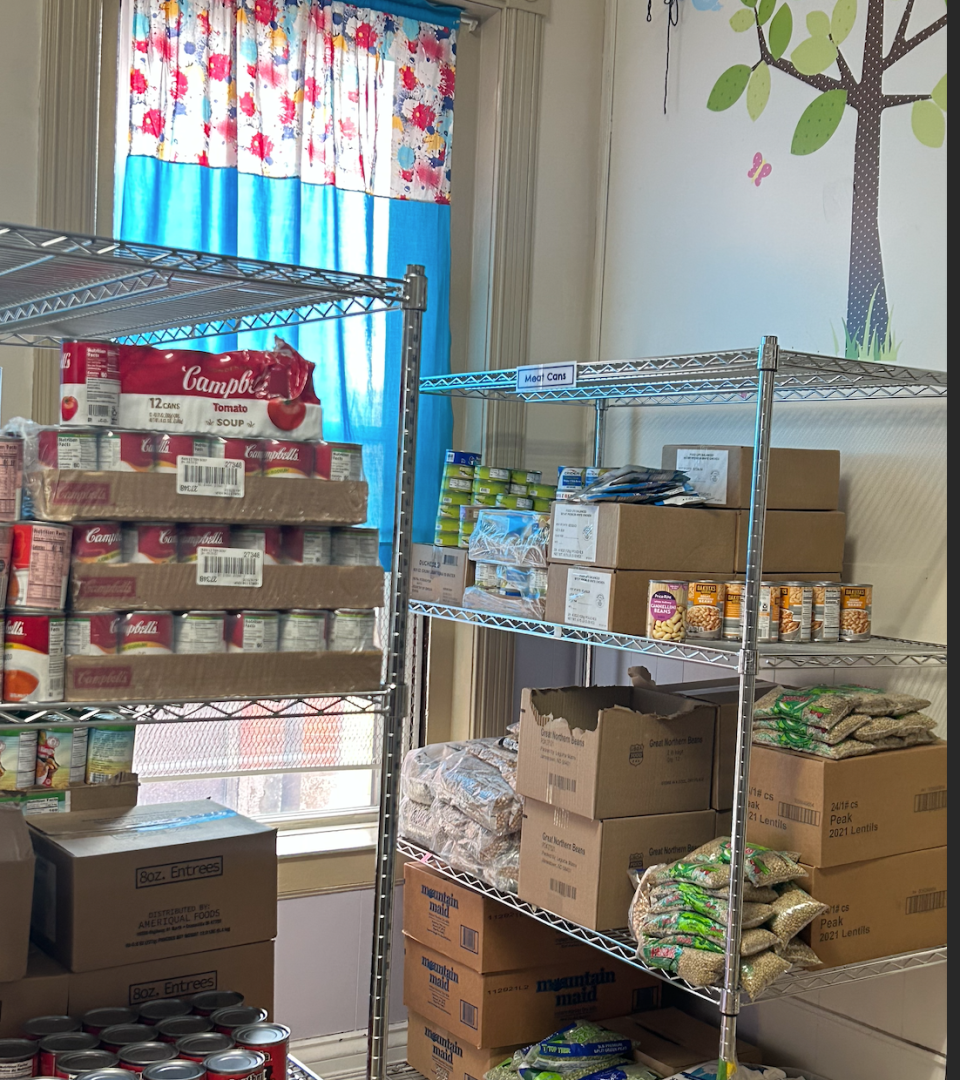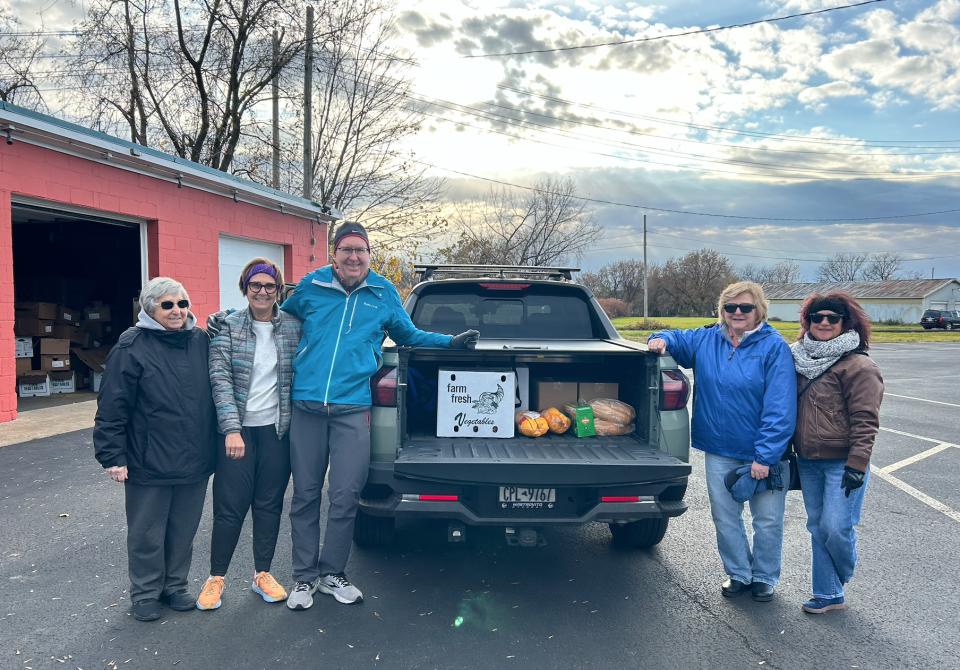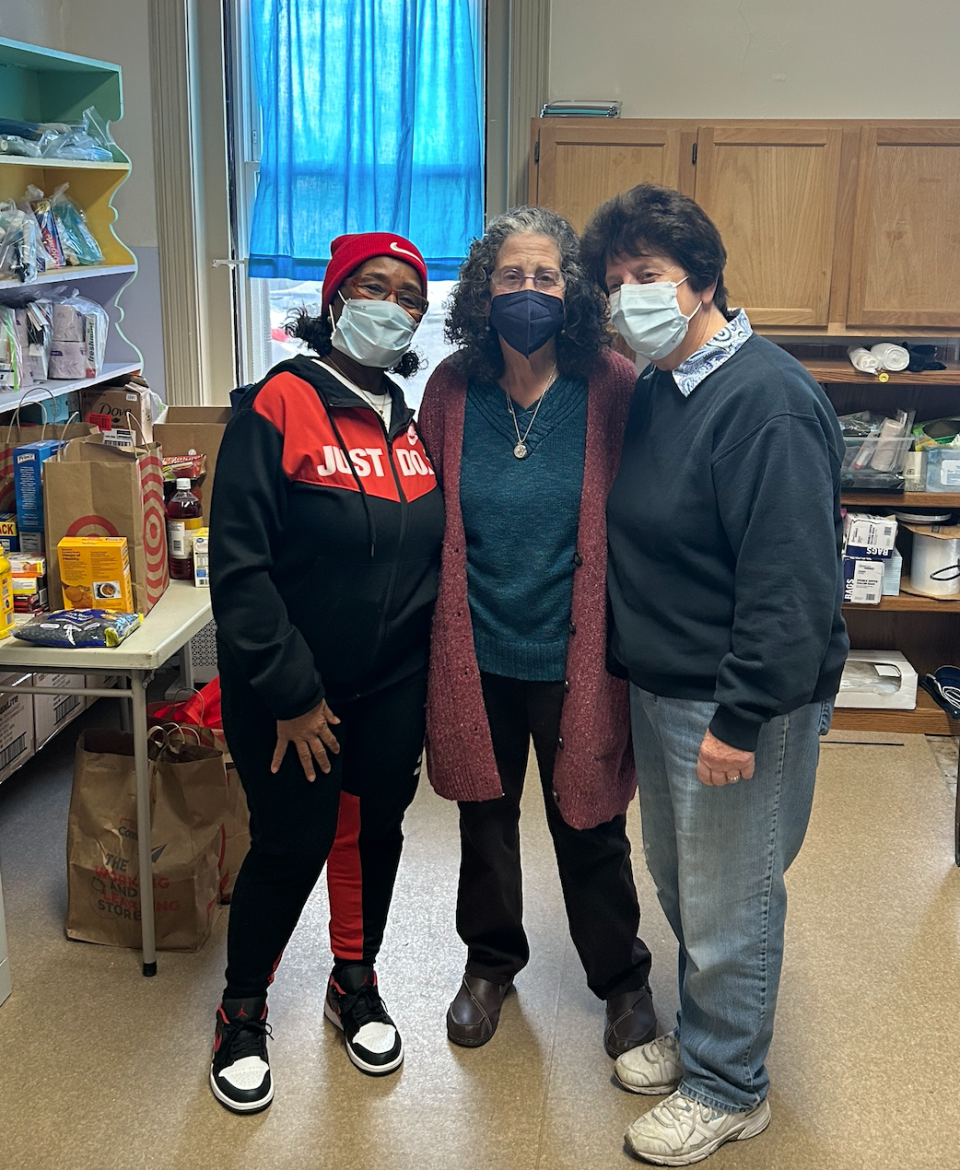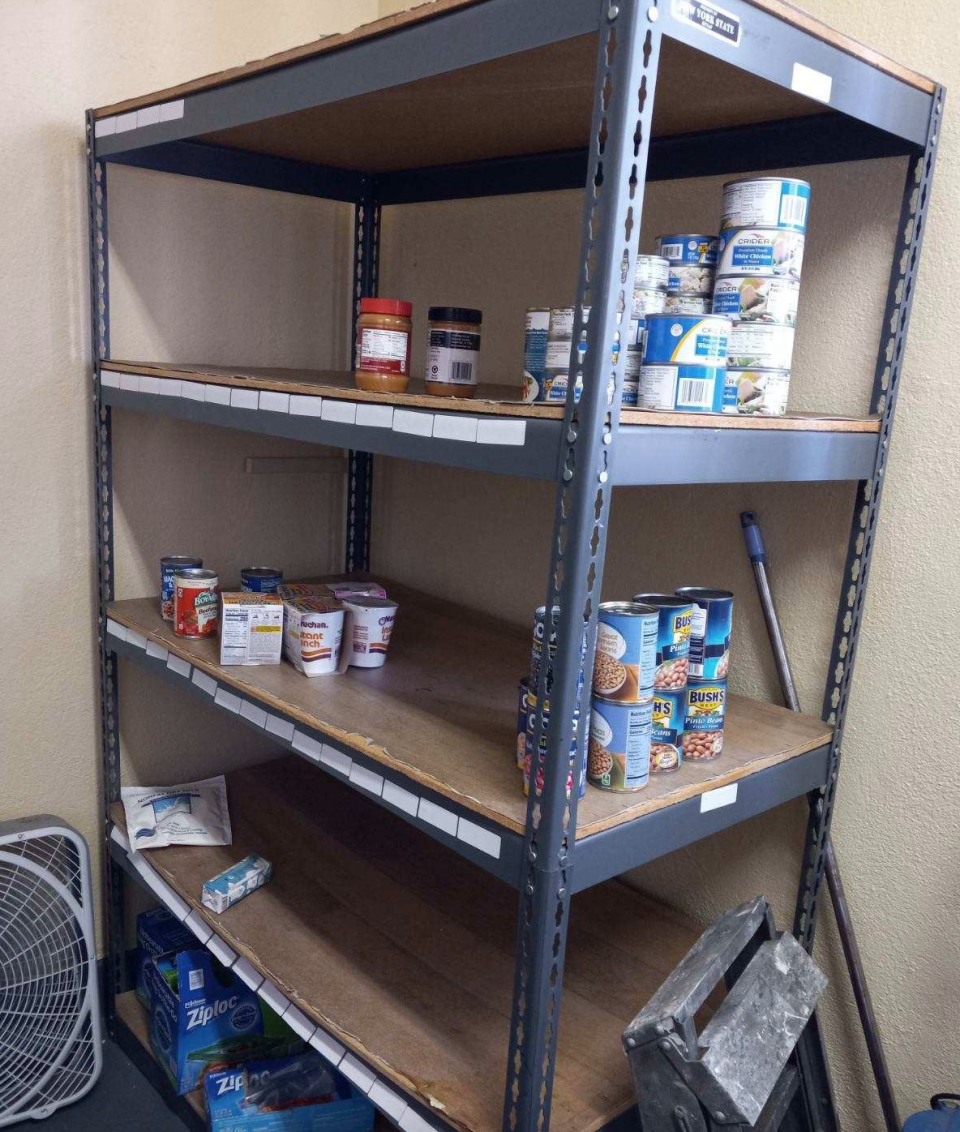A hidden crisis: Food insecurity grows in Mohawk Valley as food pantries run empty
A dark shadow of hunger looms over the Mohawk Valley, according to various food pantry officials.
In a post-pandemic economy epic lines at food pantries have revealed what has long been hidden: the struggle to get a nutritious meal on the table, and make food last long enough — what experts call ‘food insecurity’ — is an ongoing problem for locals.
What is food insecurity?
The United States Department of Agriculture defines food insecurity as “the limited or uncertain availability of nutritionally adequate and safe foods, or limited or uncertain ability to acquire acceptable foods in socially acceptable ways.”
Common causes for food insecurity include: poverty, unemployment, low-income wages, lack of affordable housing, chronic health conditions or lack of access to healthcare.
Now, factor into the list: inflation.

Despite inflation dropping from a June 2022 peak of 9.1%, the Federal Bank Reserve does not expect inflation to reach its target until at least 2026. A March report from the New York State Comptroller's office stated, "more recently, rising food costs have placed additional pressure on household budgets just as pandemic-era relief programs have lapsed."
The Supplemental Nutrition Assistance Program’s (SNAP) pandemic emergency allotments (EAs) ended in March, cutting food assistance and leaving many households struggling to afford groceries.
Looking to help
The Food Bank of Central New York covers an 11- county service area which includes Herkimer and Oneida County. They are the primary distributor of food commodities to local pantries, soup kitchens, and emergency shelters.
The Food Bank currently supports 43 programs. Among the list include: St. Margaret’s Food Pantry, Thea Bowman House Food Pantry, The Salvation Army of Utica Soup Kitchen and the St. John the Baptist Fresh Food Distribution site.
Local pantries have been running out of food, officials said. Outdoor distribution sites are seeing lines that stretch into the roadway – causing traffic jams and putting volunteers at risk.
Chief Development Officer at the Food Bank, Lynn Hy, called food insecurity in Oneida County a hidden crisis.
A return to pandemic levels of need
According to data from Feeding America’s Map the Meal Gap, 10.3% of Oneida County residents were classified as food insecure as of 2021, the most recent year for which their data was collected.
The Food Bank of Central New York unofficially disclosed how 2023 marked a return to pandemic-level of need. This past October, 2.1 million pounds of food was distributed – a 27% increase in comparison to last year.
The Food Bank has mobile pantries that deliver produce to fresh food distribution sites. Truck-to-trunk delivery is made possible through partnerships with local churches, libraries and community centers.
While most of the volunteer opportunities are on-site, in Syracuse, there are always local volunteer opportunities at the fresh food distribution sites.
“During the holiday season we often receive an influx of volunteers,” explained Hy. “This year – more than ever – we need all hands on deck.”
The Food Bank acquires goods through: USDA food commodities – from the federal government, donations – from retail partners, and by means of independent purchasing.
“We’re always on the lookout for New York State grants and donations,” explained Hy. “We need more funding in order to support the sky-rocketing needs of our community.”
Hy noted the pandemic produced a new group of people in need, within “the change of one paycheck.” She emphasized inflation has caused both food prices and health care to rise.
According to the Food Bank 63% of client households with senior citizens report being forced to choose between paying for food and paying for medicine.
“We've served a record high number of low-income senior citizens this year,” said Hy. “It’s heartbreaking – without food the effectiveness of the medicine is altered or deemed ineffective.”
Protein distribution

Bob Bojanek leads the fresh food distribution site at St. John the Baptist Church in Rome. When the MVCC pantry shut down during the pandemic, Bojanek agreed to take over.
“We never expected this gig to turn into a forever thing but the demand is so high we can’t walk away from it now,” said Bojanek. “This July we celebrated our three-year anniversary.”
The distribution site at St. John’s draws in people from a 100-mile radius. The past two years they have served 400 families; this November they surpassed the 470 mark.
“We’re in a conundrum – we ran out of food last Friday which has never happened before,” explained Bojanek. “St. John’s parking lot is massive but our lines can’t be contained – they’ve stretched onto the boulevard and created traffic jams, posing a danger to our volunteers.”
They have been giving out protein this winter, and plan to distribute hams for December.
“Donations are more than welcomed,” said Bojanek. “Whatever we don’t receive from the Food Bank we have to purchase ourselves.”
Evoking the spirit of generosity
During the colder months residents facing economic challenges rely heavily on food pantries, soup kitchens, shelters and human service organizations. To help address this annual need, the Community Foundation of Herkimer and Oneida Counties started the Helpful Harvest Fund.
In 2022, $38,500 was awarded to 33 organizations. This year $70,000 was awarded to 50 organizations.
"Each year, we support food pantries during the November-December holiday season, and we are getting an early start to ensure that needs are met in lieu of food shortages," said Olivia Paul, director of community engagement at the Community Foundation.
The Community Foundation's primary goal in establishing the fund is to address food insecurity and create a lasting impact on those served.
“The holiday season is about spreading goodwill and cheer to others,” said Tiffany Thomoson, public relations coordinator at the Community Foundation. “There's no better way to celebrate the true meaning of the season than helping others obtain access to quality food which is fundamental to our society.”
Calling all volunteers, community engagement

The Thea Bowman House food pantry in Utica is in transition – they moved buildings on Oct. 25.
“The number of families in need has risen and so has the cost of food ” said Thea Bowman Pantry Coordinator, Karen Murphy. “Like all other pantries in the area we are struggling – it’s getting harder to meet the level of need in our community.”
Around the corner the Johnson Park Center has been hosting free- giveaways. Murphy noted that it has been helpful to share the weight with a local partner.
“I have a problem with getting volunteers – there are currently no volunteers,” disclosed Murphy. “We lost quite a few volunteers when Covid-19 hit and it’s been a struggle to get them to return.”
ALICE
Captain Kelly Ross leads the Salvation Army food pantry in Utica.
Due to low service numbers the pantry receives support from grant funding. According to Ross, this is not enough.
“We are seeing twice the amount of requests for food assistance this season,” said Ross. “We’ve doubled our appointment slots and still can’t match the demand – now we’re turning people away or encouraging them to sign up for another week.”
While Ross noted the many factors that contribute to local food insecurity she pointed out a loophole. The ALICE class – asset limited, income challenged, employed – indicates those who fall into the shaded area just above the limits for assistance yet not quite making ends meet.
“The ALICE class is booming in size but community resources are prevented from helping out due to service limits or lack of finances,” said Ross.
Leaning into the discomfort

St. Margaret’s Food Distribution Center in Utica served 22 people per month in 2022, according to a report by the Food Bank of Central New York. This past October they served 350 individuals.
“There’s been a substantial leap in need,” said Pantry Coordinator at St. Margaret’s, Michael Mallot. “ Just last week we had over a hundred people walk through the door in under three hours – by the time we closed up all our shelves were bare.”
To meet increased demand Mallot began going to Aldi’s and BJ’s this year to purchase extra food commodities.
With the number of locals experiencing food insecurity on the rise Mallot is hopeful awareness can turn into action.
“When people hear about those in need they create a narrative that’s easy to shrug off,” explained Mallot. “By blaming food insecurity on laziness the discomfort only goes away momentarily – we must let this discomfort open our eyes.”
This article originally appeared on Observer-Dispatch: Food insecurity in Mohawk Valley: Food pantries fight to feed hungry

